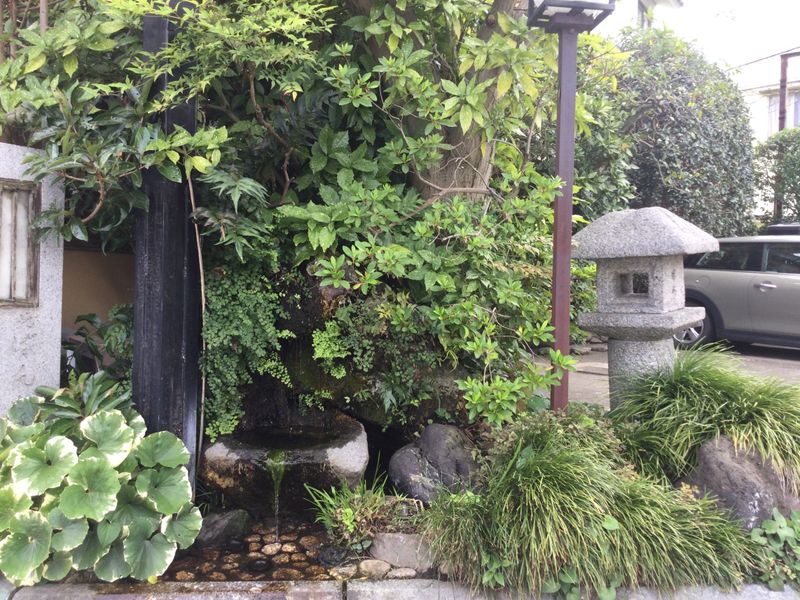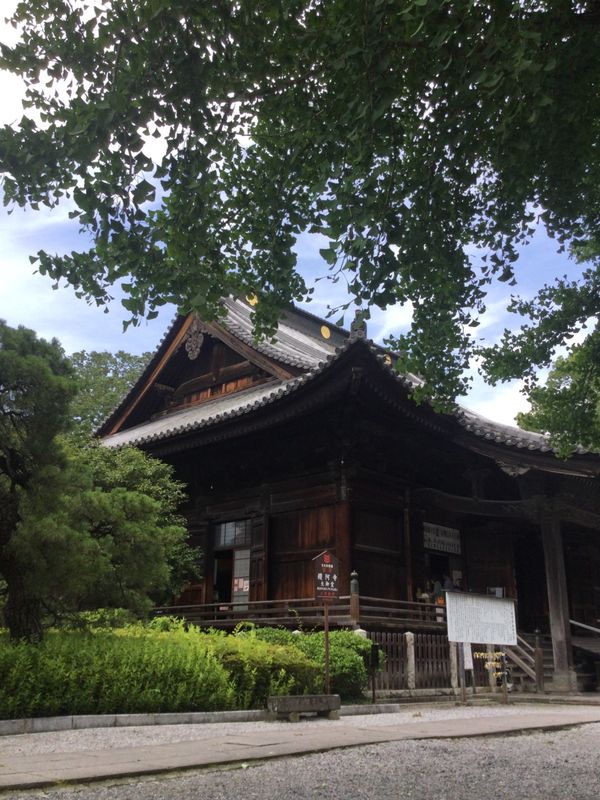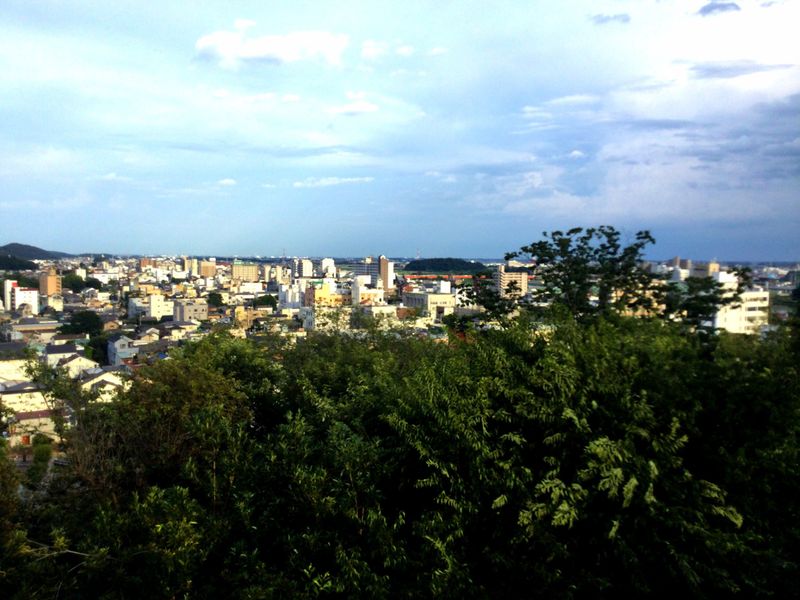Aug 3, 2024
Stepping into a Koedo town, Ashikaga City
I’m on summer break from my teaching position at a private high school, so I’m doing occasional day trips around my home base in the Kanto region. Last summer, I told you about a day trip to Tochigi City, known as 蔵の街, Kura no Machi, for its antique atmosphere. I’m always curious about cities and towns described as 小江戸, Koedo, or Little Edo. Some other locations in the Kanto area that come to mind are Kawagoe, Saitama, and Sawara in Katori, Chiba.
This time, I made a day trip to see the quaint and historic townscape of Ashikaga City. When I stepped out of Ashikagashi Station, I immediately noticed that though it was hot, the air smelled sweeter. It’s at the foot of peaks that feed the Watarase River that flows through the town so the air is clean. The breezes at the river crossing made the heat tolerable. Nevertheless, I took it slow, focusing on just the historic section of town.

A soothing trickle of water on the stone-paved street
On the way to the old town, there is a massive modern tower that houses the Ashikaga Museum of Art. In 2024, the city is celebrating the 100th birthday of Aida Mitsuo, the poet and calligrapher who spent his youth here. Now, you might think poetry is difficult, but Aida’s Zen poetry is elegant and simple, making it accessible to Japanese language learners.
A two-minute walk from the museum, you slip back in time on Dainichidaimon-dori, the stone-paved street leading to the ancient temple Bannaji. The temple is a rare treat because, although it is a national historic site, it’s free to enter. The main temple, said to be the template for other Zen temples, is a living institution. And there’s a massive 600-year-old ginkgo tree that I’d like to see again in autumn.

Bannaji from the shade of the ginkgo tree
Nearby, Ashikaga Gakko, Japan’s oldest educational institution, is stunning not just for its ancient history but also revival. After classical education fell out of favor in the Meiji era, the school closed, some buildings were pulled down, and the land an elementary school was constructed over it. In the 1990s the remains were excavated, the Edo-era gardens restored, and the remaining buildings became a museum and designated historic site.
To finish my trip, I headed for Orihime Shrine to pay my respects to the two gods who preside over love and industry. It sounds like a strange combination, but the idea is that the male and female weaver gods work the warp and weft of a loom, so they’re petitioned for luck in love and the fruits of labor. A thunderstorm blew in while I admired the view and caught the breeze from the lookout there.

The view spot at Orihime Shrine
In the blistering heat and cloying humidity, there was only so much I could see. After scratching the surface of Ashikaga, I’m planning a second trip to delve deeper.



0 Comments